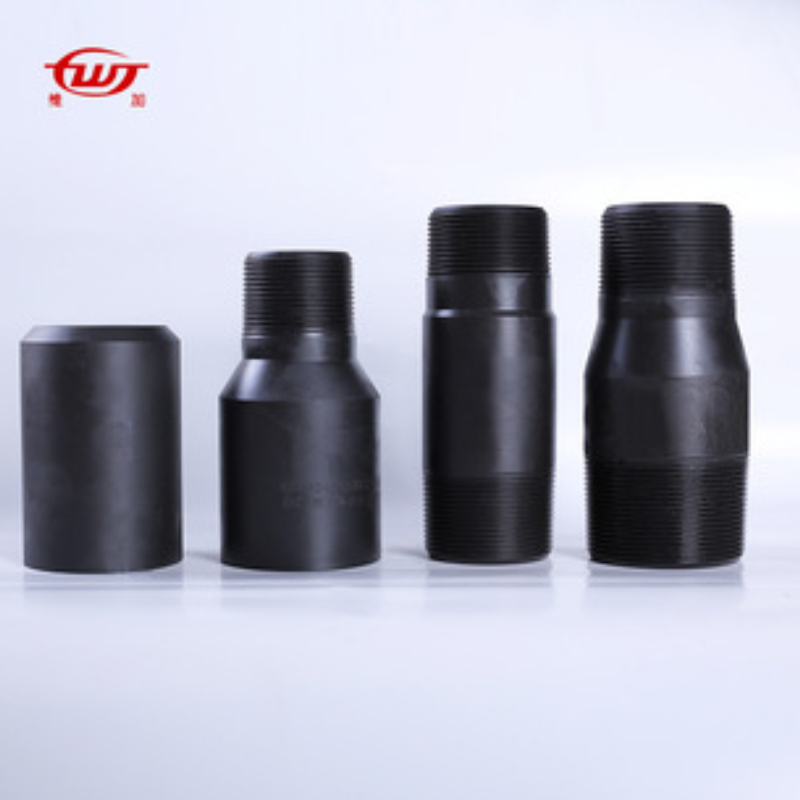- Afrikaans
- Albanian
- Amharic
- Arabic
- Armenian
- Azerbaijani
- Basque
- Belarusian
- Bengali
- Bosnian
- Bulgarian
- Catalan
- Cebuano
- Corsican
- Croatian
- Czech
- Danish
- Dutch
- English
- Esperanto
- Estonian
- Finnish
- French
- Frisian
- Galician
- Georgian
- German
- Greek
- Gujarati
- Haitian Creole
- hausa
- hawaiian
- Hebrew
- Hindi
- Miao
- Hungarian
- Icelandic
- igbo
- Indonesian
- irish
- Italian
- Japanese
- Javanese
- Kannada
- kazakh
- Khmer
- Rwandese
- Korean
- Kurdish
- Kyrgyz
- Lao
- Latin
- Latvian
- Lithuanian
- Luxembourgish
- Macedonian
- Malgashi
- Malay
- Malayalam
- Maltese
- Maori
- Marathi
- Mongolian
- Myanmar
- Nepali
- Norwegian
- Norwegian
- Occitan
- Pashto
- Persian
- Polish
- Portuguese
- Punjabi
- Romanian
- Russian
- Samoan
- Scottish Gaelic
- Serbian
- Sesotho
- Shona
- Sindhi
- Sinhala
- Slovak
- Slovenian
- Somali
- Spanish
- Sundanese
- Swahili
- Swedish
- Tagalog
- Tajik
- Tamil
- Tatar
- Telugu
- Thai
- Turkish
- Turkmen
- Ukrainian
- Urdu
- Uighur
- Uzbek
- Vietnamese
- Welsh
- Bantu
- Yiddish
- Yoruba
- Zulu
perforated pup joints
Understanding Perforated Pup Joints in Oil and Gas Operations
In the oil and gas industry, efficient extraction and transportation of resources are critical for maximizing productivity and reducing costs. One vital component in this process is the use of perforated pup joints. These specialized pieces of equipment play a significant role in enhancing the flow of fluids and gases from underground reservoirs to the surface.
Perforated pup joints are short pieces of pipe used in drilling operations, equipped with strategically placed perforations. These holes allow for the free movement of fluid in and out of the pipe, facilitating better circulation during drilling, completion, and production processes. Typically, pup joints range in length from a few inches to several feet, and they can be customized to meet the specific requirements of a given operation.
The design of perforated pup joints is critical to their functionality. The perforations are precisely engineered to optimize fluid flow while maintaining the structural integrity of the joint. This ensures that the joint can withstand the high pressures often encountered in oil and gas operations without failure. The materials used in constructing these joints are selected for their durability and resistance to corrosion, given the challenging environments in which they operate.
One of the primary applications of perforated pup joints is in enhanced oil recovery (EOR) techniques. In EOR, the objective is to increase the amount of crude oil that can be extracted from a reservoir by injecting fluids or gases. The use of perforated pup joints facilitates the efficient delivery of these injected substances into the reservoir, promoting better recovery rates.
perforated pup joints

Furthermore, perforated pup joints are essential in monitoring and managing the flow of hydrocarbons. By strategically placing these joints at various points within a well, operators can achieve better control over fluid dynamics, ensuring that the production is optimized. This level of control can result in significant cost savings and reduced environmental impact, making it an attractive option for many companies in the sector.
In addition to their functional benefits, perforated pup joints contribute to the overall safety of drilling operations. By ensuring that fluids are effectively managed and preventing potential leaks, these joints help maintain the integrity of the well. This is especially important in offshore drilling, where environmental safety is a paramount concern.
Finally, the future of perforated pup joints holds promise as technological advancements continue to evolve. Innovations in materials science and engineering may lead to even more efficient designs, further enhancing their effectiveness in the field. As the industry strives for greater efficiency and sustainability, the role of perforated pup joints will undoubtedly remain pivotal.
In conclusion, perforated pup joints are integral components in the oil and gas industry, serving to enhance fluid flow, optimize recovery processes, and ensure operational safety. As exploration and production techniques evolve, the continued development and utilization of these joints will play a critical role in meeting the demand for energy efficiently and responsibly.
-
Tubing Pup Joints: Essential Components for Oil and Gas OperationsNewsJul.10,2025
-
Pup Joints: Essential Components for Reliable Drilling OperationsNewsJul.10,2025
-
Pipe Couplings: Connecting Your World EfficientlyNewsJul.10,2025
-
Mastering Oilfield Operations with Quality Tubing and CasingNewsJul.10,2025
-
High-Quality Casing Couplings for Every NeedNewsJul.10,2025
-
Boost Your Drilling Efficiency with Premium Crossover Tools & Seating NipplesNewsJul.10,2025







